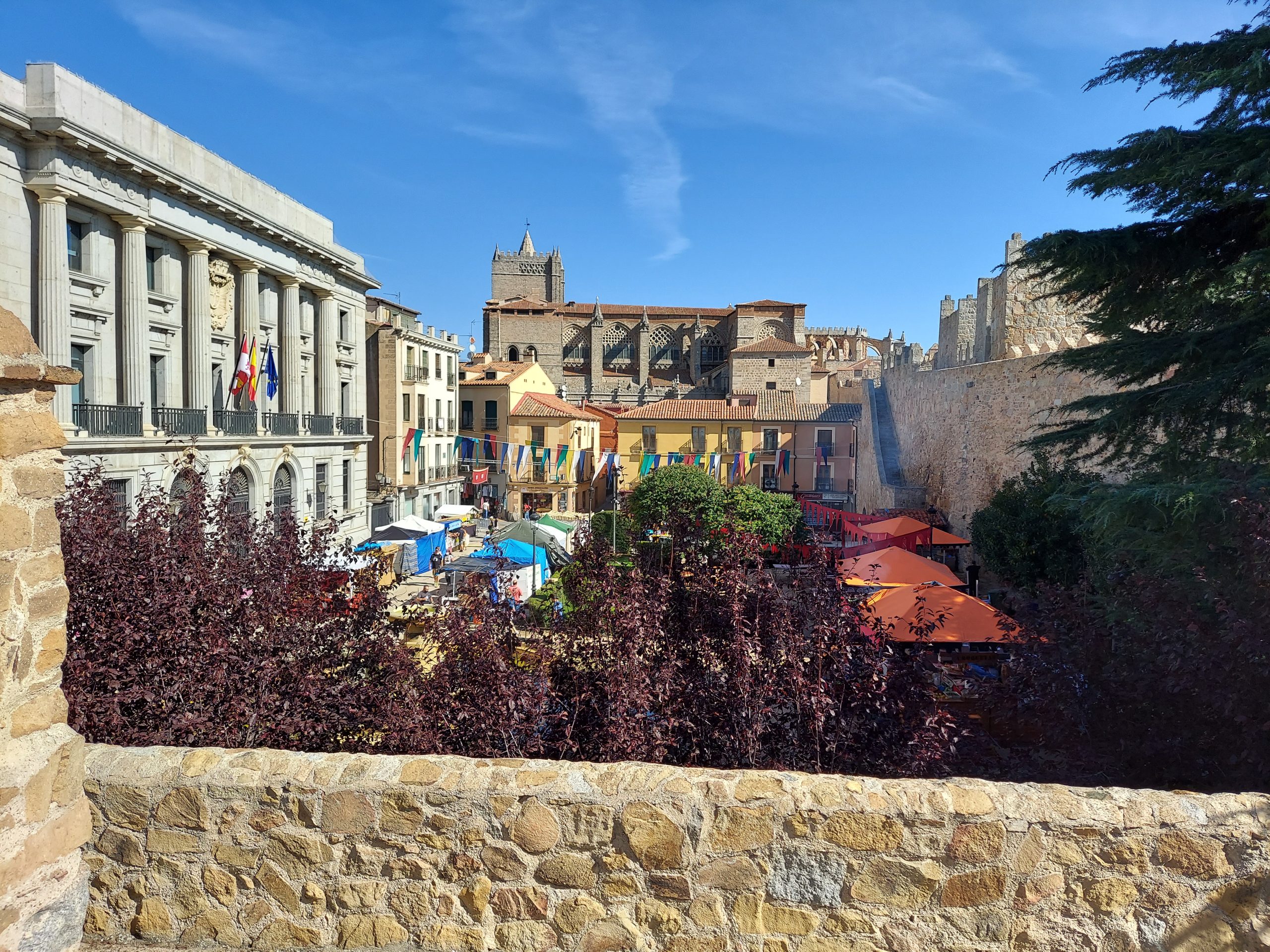
The Cathedral of Avila welcomed us during the city’s Medieval Days celebration, fully decorated for the festivities. Continue reading “The Cathedral of Avila”

The Cathedral of Avila welcomed us during the city’s Medieval Days celebration, fully decorated for the festivities. Continue reading “The Cathedral of Avila”
While visiting Seville, a city in Andalusia, Spain, we arrived at the palace-house, considered the best paved in Europe, due to the impressive collection of Roman mosaics that are the surface of its first floor. This is the Palace of Lebrija, also known as the Palace of the Countess of Lebrija. Continue reading “Palace of Lebrija, Seville”
Undoubtedly, the most famous hill in Paris is Montmartre and going up to glimpse first hand all that this neighborhood has to offer is a great experience. Continue reading “Montmartre, Paris”
Located in the historic center of the city of Seville, Spain, is the Chapel of San Jose, a small temple that hides a great decorative richness in it’s interior. Continue reading “Chapel of St. Joseph of Seville”
Each time we visit Spain and arrive in Madrid, we just have to stop at the “Mercado de San Miguel” (Saint Michael’s Market), located in the square that bears its name and near the Plaza Mayor. Continue reading “Saint Michael’s Market in Madrid”
Open to the public since 1793, the Louvre Museum was the first museum in history to place private collections of the French aristocracy and monarchy in a gallery accessible and enjoyable to the public. This made it a model to be imitated by several museums. Continue reading “The Louvre Museum, Paris”
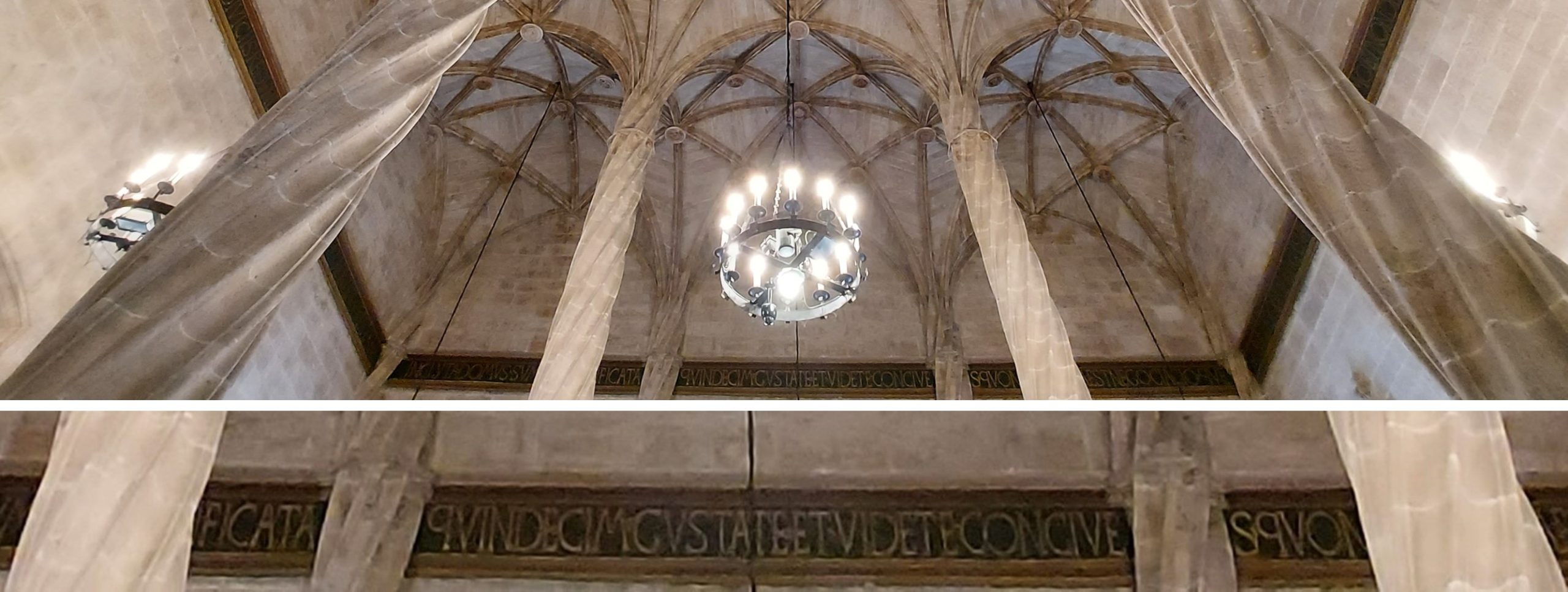
“I am a famous house built in fifteen years. Try and see how good is the commerce that does not use fraud in the word, that swears to the neighbor and does not fail, that does not give its money with usury. The merchant who lives in this way will overflow with riches and will finally enjoy eternal life”. Continue reading “The Silk Exchange / Market – Valencia”
Upon arriving at the Catedral Square in Cadiz, Spain, we find the Church of James the Great and Apostle. A small church that contrasts greatly with the Cathedral, which became a Jesuit temple in 1564. It was the seat of the College of the Society of Jesus in this city, of which now only the church remains. This as a result of the assault and sacking of the city of Cadiz, in 1596 by the Anglo-Dutch troops commanded by the Earl of Essex. The College was left in such a bad state that the original temple was rebuilt in 1635 by Alonso Romero in Mannerist style. Its construction lasted twelve years. Continue reading “James the Great and Apostle Church of Cádiz”
The building that serves as the headquarters of the Museum of the Holy Cross in Toledo was founded by Cardinal Pedro González de Mendoza at the beginning of the 16th century. It was the former Holy Cross Hospital, where Cardinal Mendoza’s mission was to take in orphaned children. Continue reading “Holy Cross Museum(“Santa Cruz”), Toledo”
It was 1919 at the Palace of Versailles or Château de Versailles and the First World War came to an end with the signing of the Treaty of Versailles. This historical fact is indicative of the importance of this enclosure that was as the royal residence from 1682 to 1789. Today it remains as one of the most visited places in the world. The Palace of Versailles is one of the most important monarchic architectural complexes in Europe and was declared World Heritage by UNESCO in 1979.
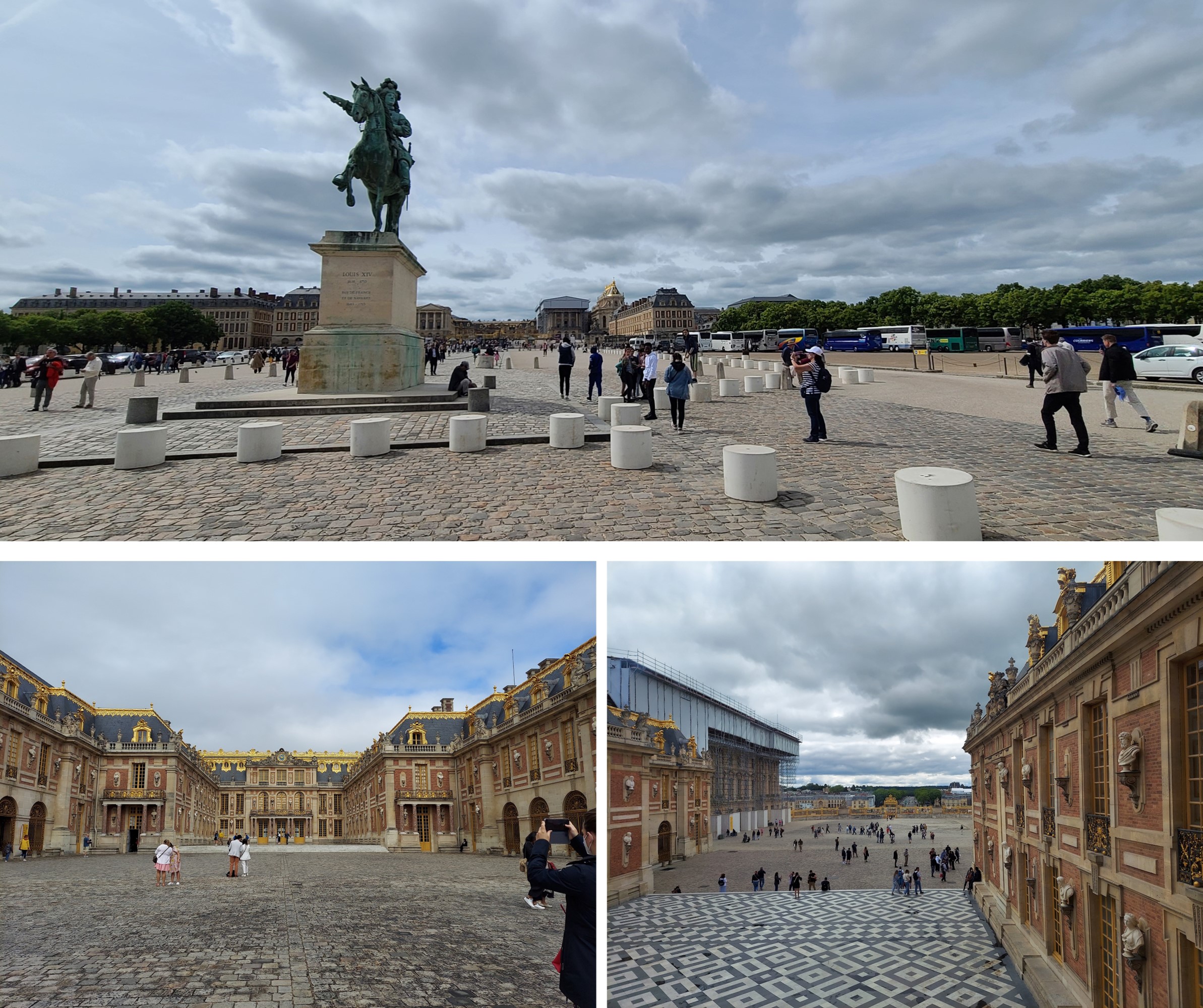
The palace is located in the municipality of Versailles, near Paris, in the region Ile-de-France. In the shape of a fan and open to the “Avenue of Paris”, we are welcomed by the “Place d’Armes”. This square is an extension of the Court of Honor and the Royal Courtyard.
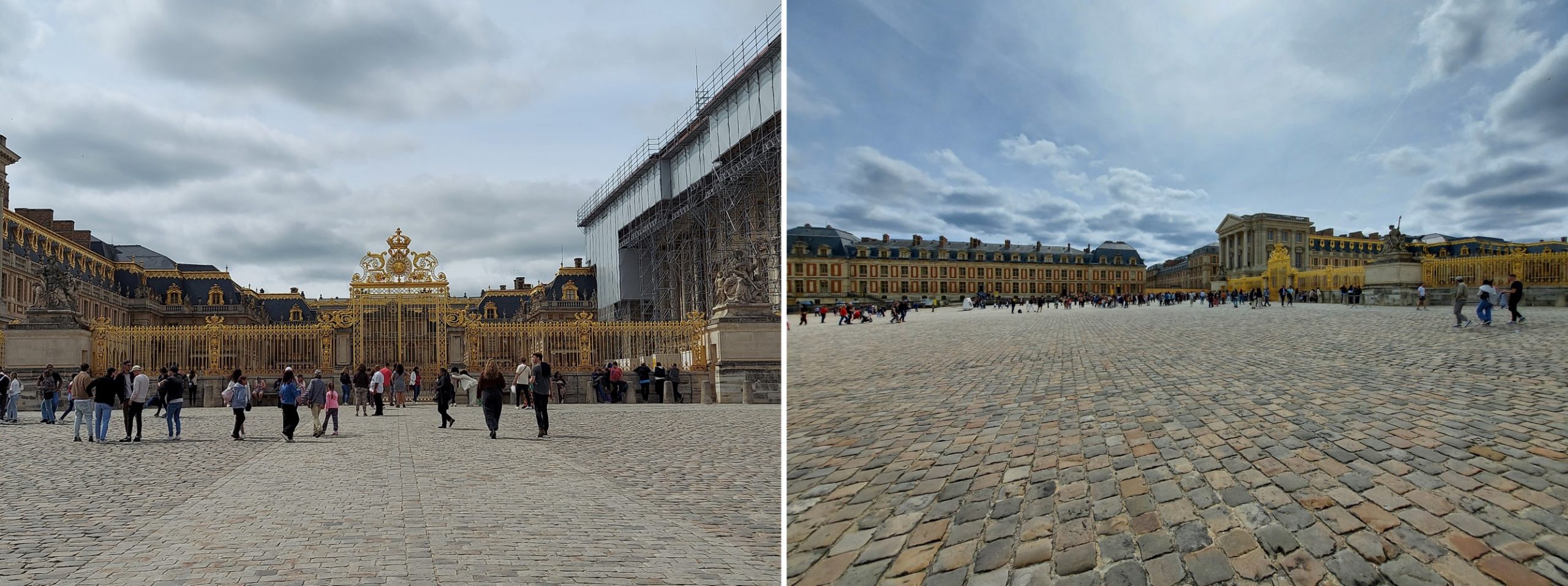
The “Place d’Honneur” is delimited by the grille of Honor, which leads to the courtyard of Honor, the first of the courtyards of access to the palace.
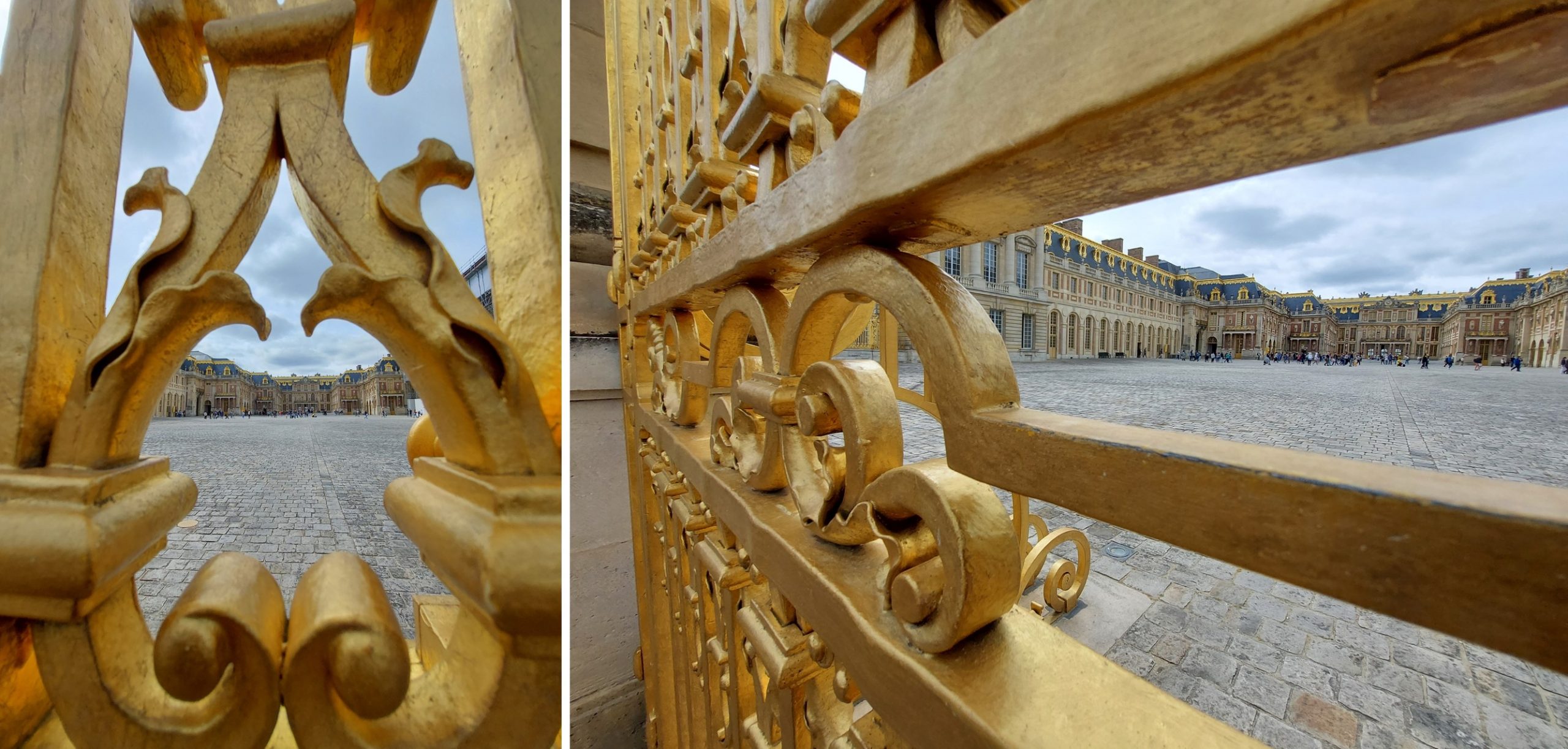
Originally the hunting lodge of Louis XIII, his son Louis XIV was the first monarch to devote himself to the transformation of the grounds, where he preferred to build his new building the old lodge. In 1682, he installed the Court and the government at Versailles. Since then and until the arrival of the French Revolution, different monarchs who succeeded to the throne, continued to embellish the palace. Previously, the kings’ resided had been the Louvre Palace, today the Louvre Museum.
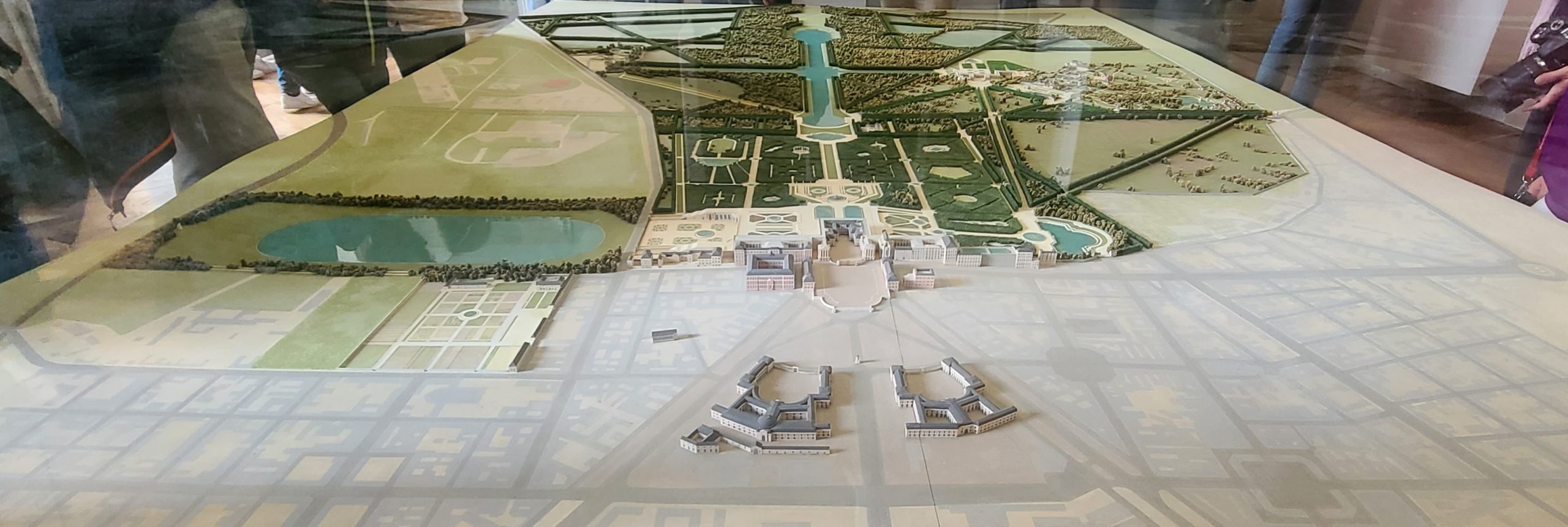
During the reigns of Louis XIV, Louis XV and Louis XVI, the Palace of Versailles was a royal residence where works and improvements were constantly undertaken. Each monarch transformed, changed or added something new to the palace. Versailles is composed of three palaces: Versailles, Grand Trianon and Petit Trianon, as well as several buildings located in the village. Although Louis XIII had a hunting lodge with a garden built there, Louis XIV is its true creator, since he enlarged and further developed the estate.
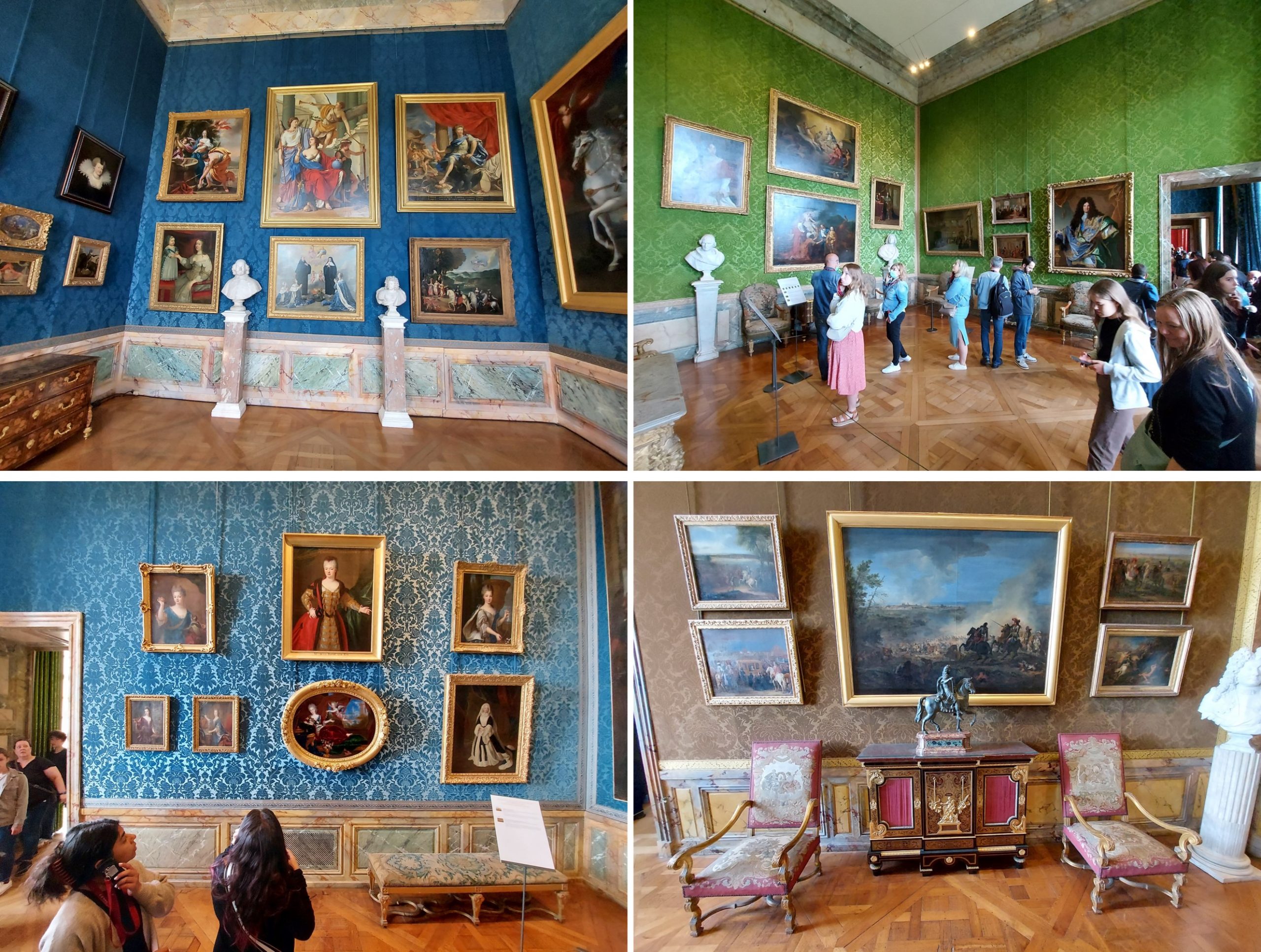
A visit to the Palace of Versailles, it is necessary to set aside a day, given the large amount of rooms and spaces that can be emjoyed. Each one with its particularity, decorative details, artistic richness and characteristic furniture of the time.
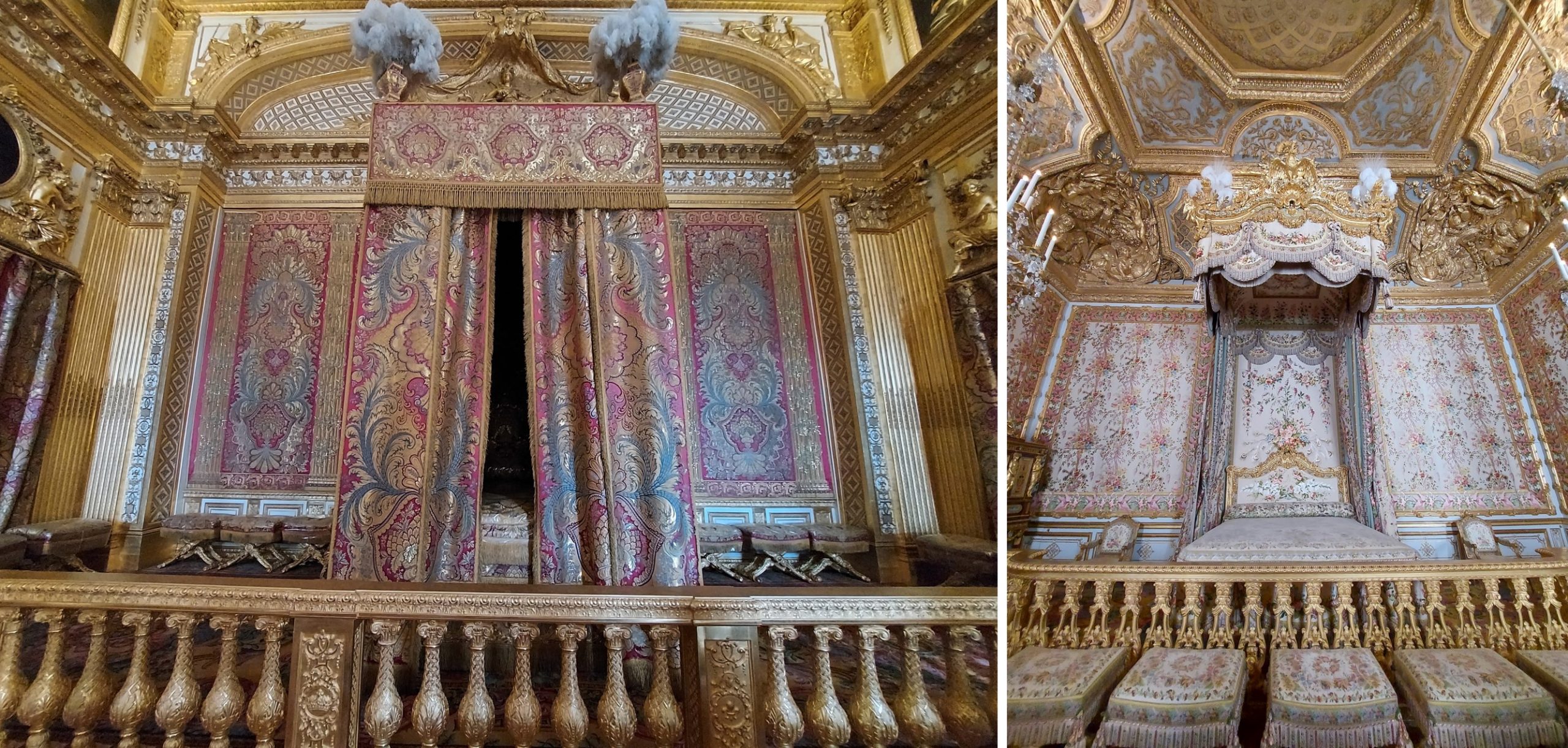
Among the spaces that most visitors stop to observe are the Grand Apartments of the King and Queen, which contain very beautiful and delicate decorative elements.
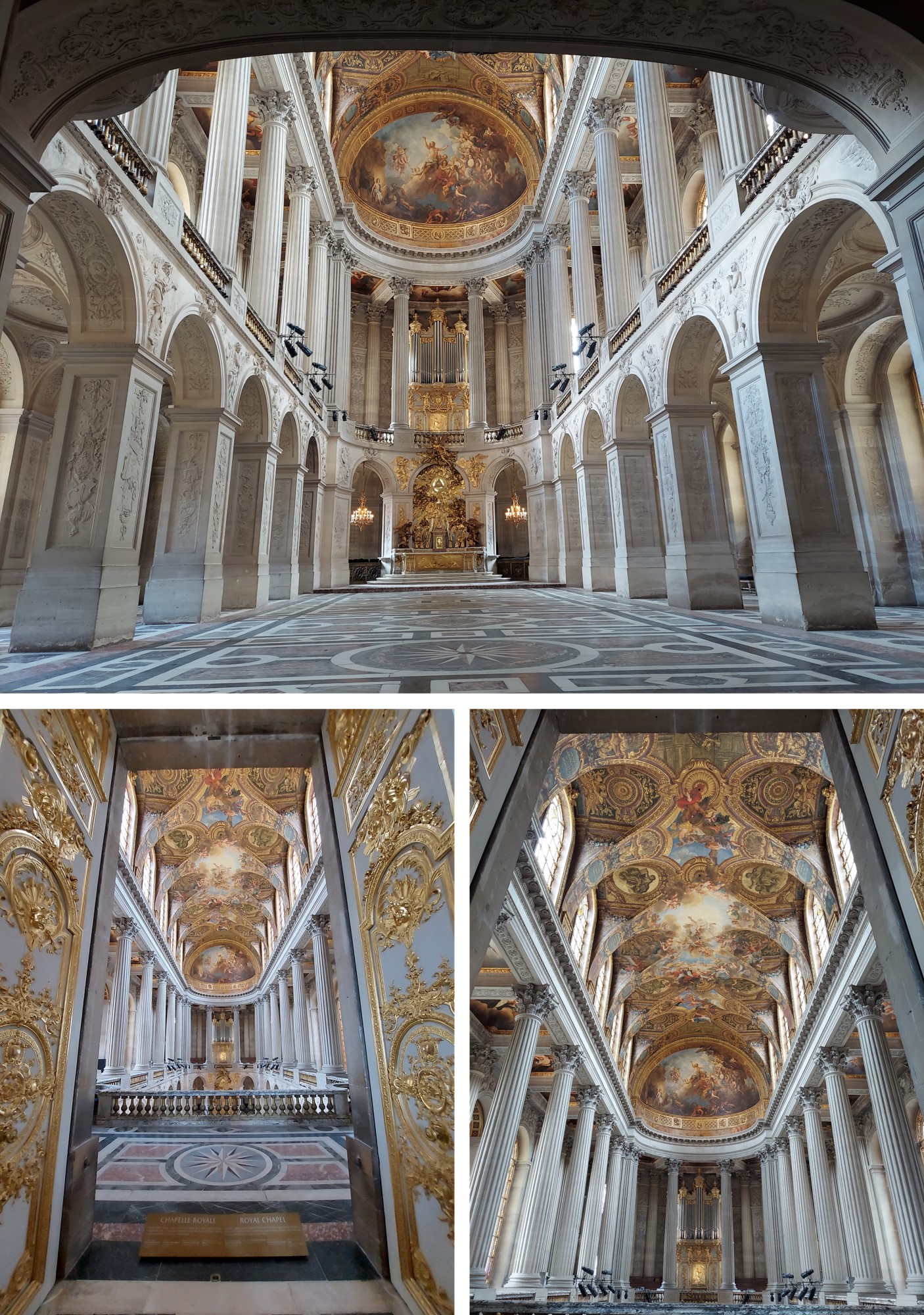
In the third and final stage (1678-1692) of works of the Palace of Versailles, carried out by Jules Hardouin-Mansart, the royal chapel was built at double height and with direct access from the outside, placing the royal tribune on the main floor.
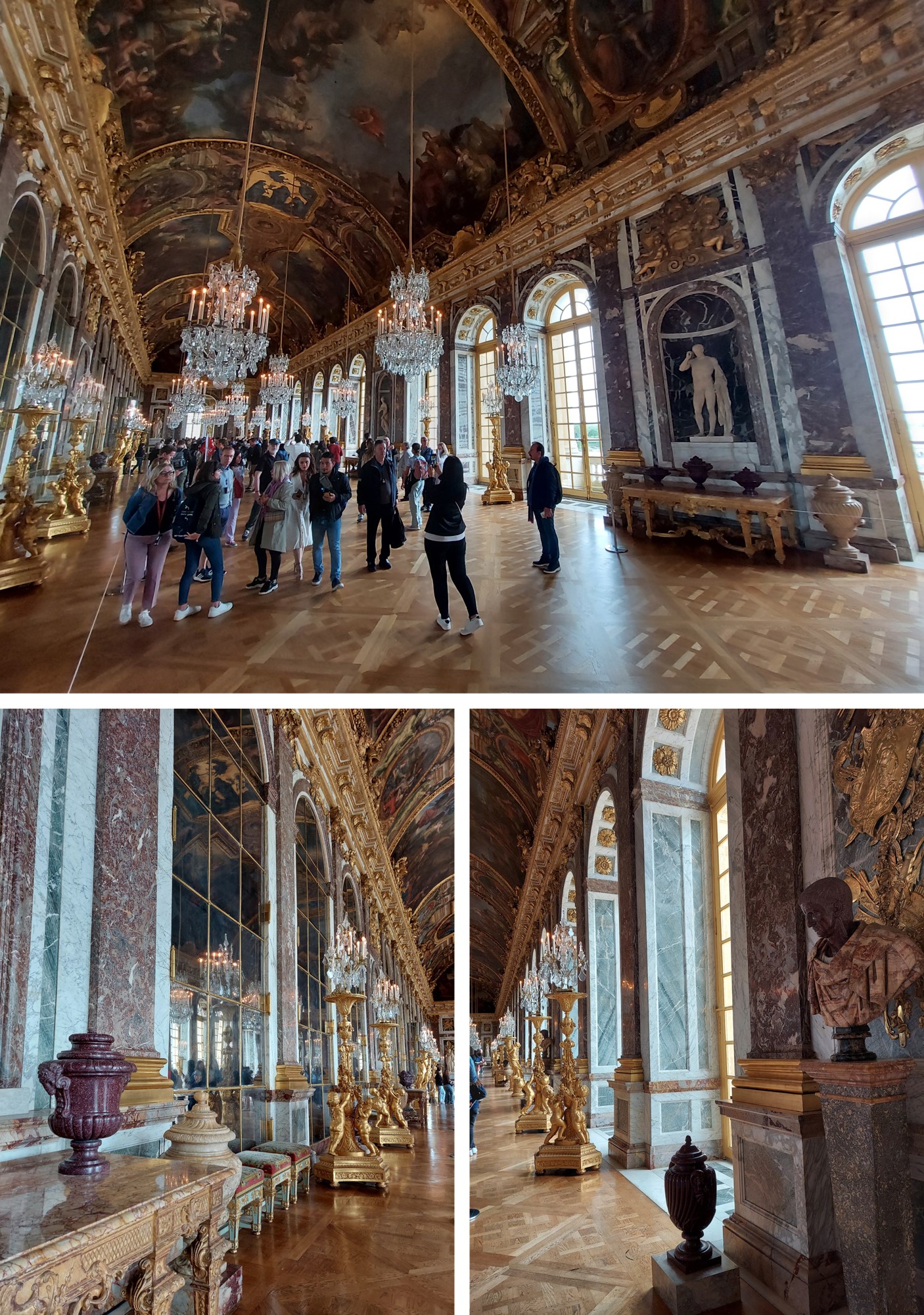
And we come to one of the most visited spaces in the Palace of Versailles, the Hall of Mirrors. It is an impressive gallery of 73 meters long that has 375 mirrors, as well as sculptures, exquisite crystal chandeliers and wall paintings, among other decorative elements of great beauty. And it was precisely in the Gallery of Mirrors, the place where the signing of the Treaty of Versailles in 1919 was carried out. (mentioned at the top of this article)
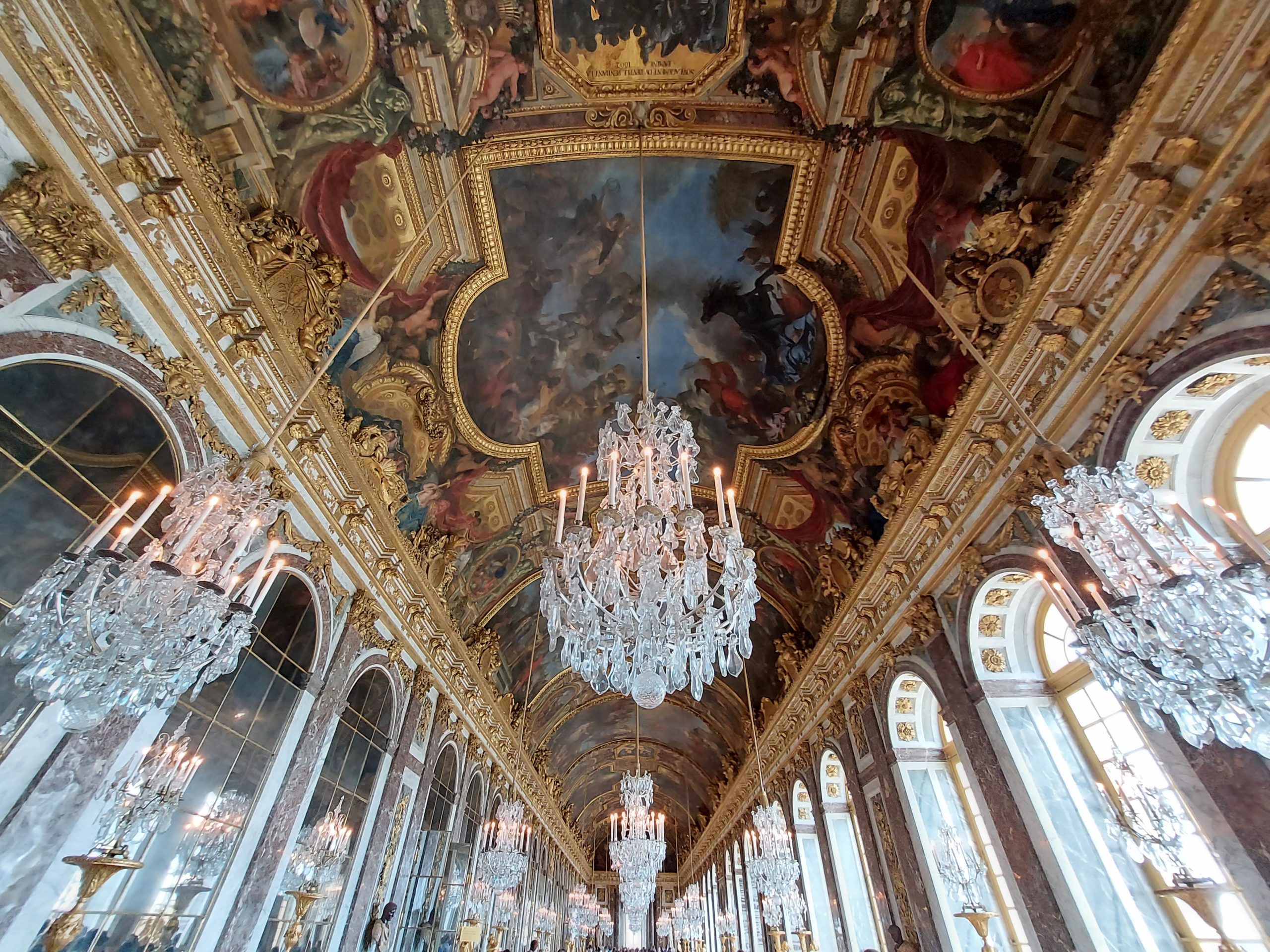
In 1789 the Palace of Versailles ceased to function as the official seat of power and subsequently became the Museum of the History of France. Since 1995, it has been managed by the public establishment of the museum and the national domain of Versailles, a public entity operating under the control of the French Ministry of Culture.
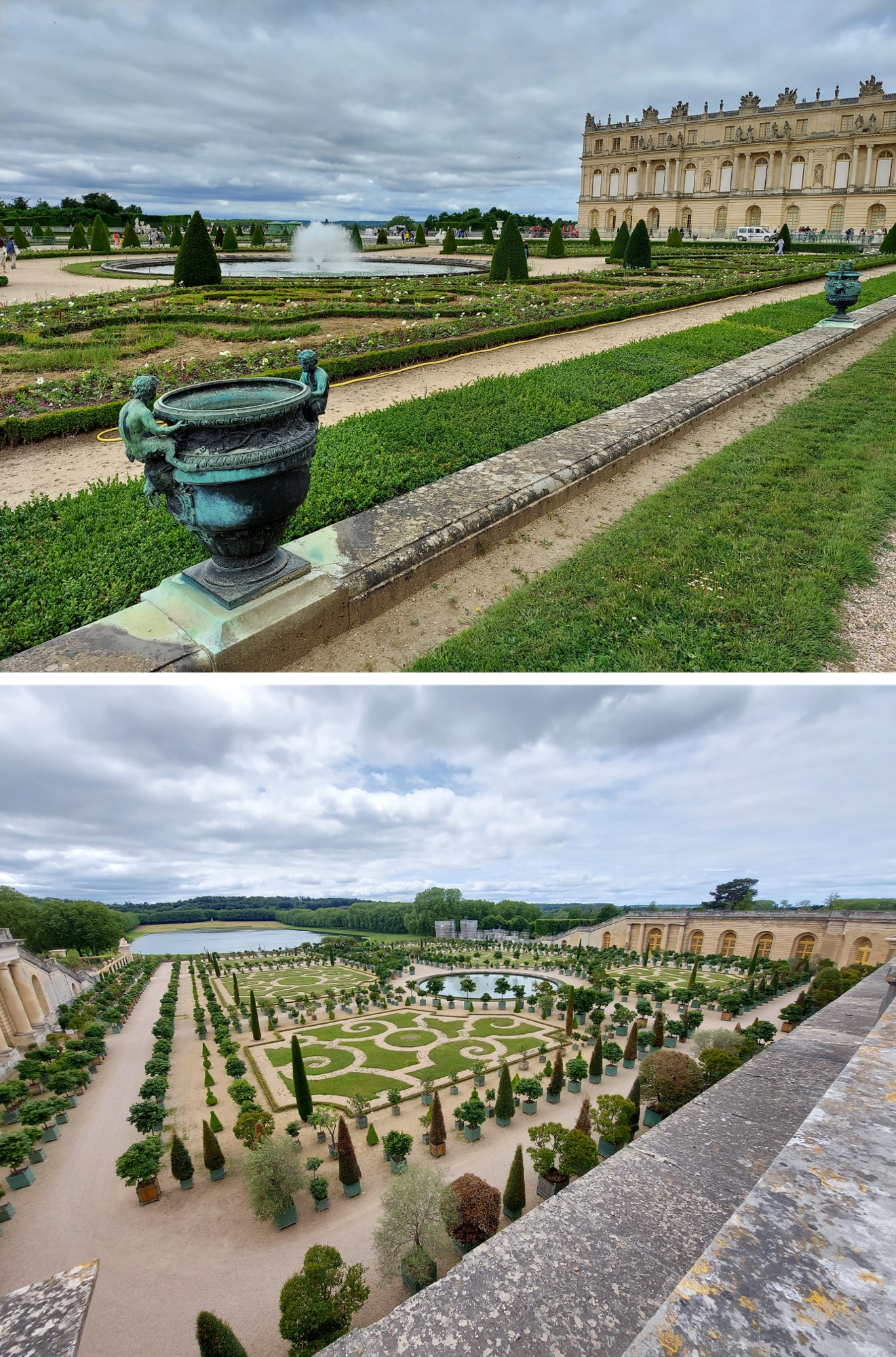
Now we turn to the gardens of the Palace of Versailles, which are a true work of art. Work began in 1661, the most amazing thing is that this large space full of gardens, woods and parks was designed by a simple gardener, who had no formal studies in gardening. André Le Nôtre’s amazing work at the Palace of Versailles marked his career, as well as the history of France and of all of us who have been able to get there to contemplate and enjoy it. His work took twenty-five years, a period in which the expansion of the gardens of Versailles was continuous.
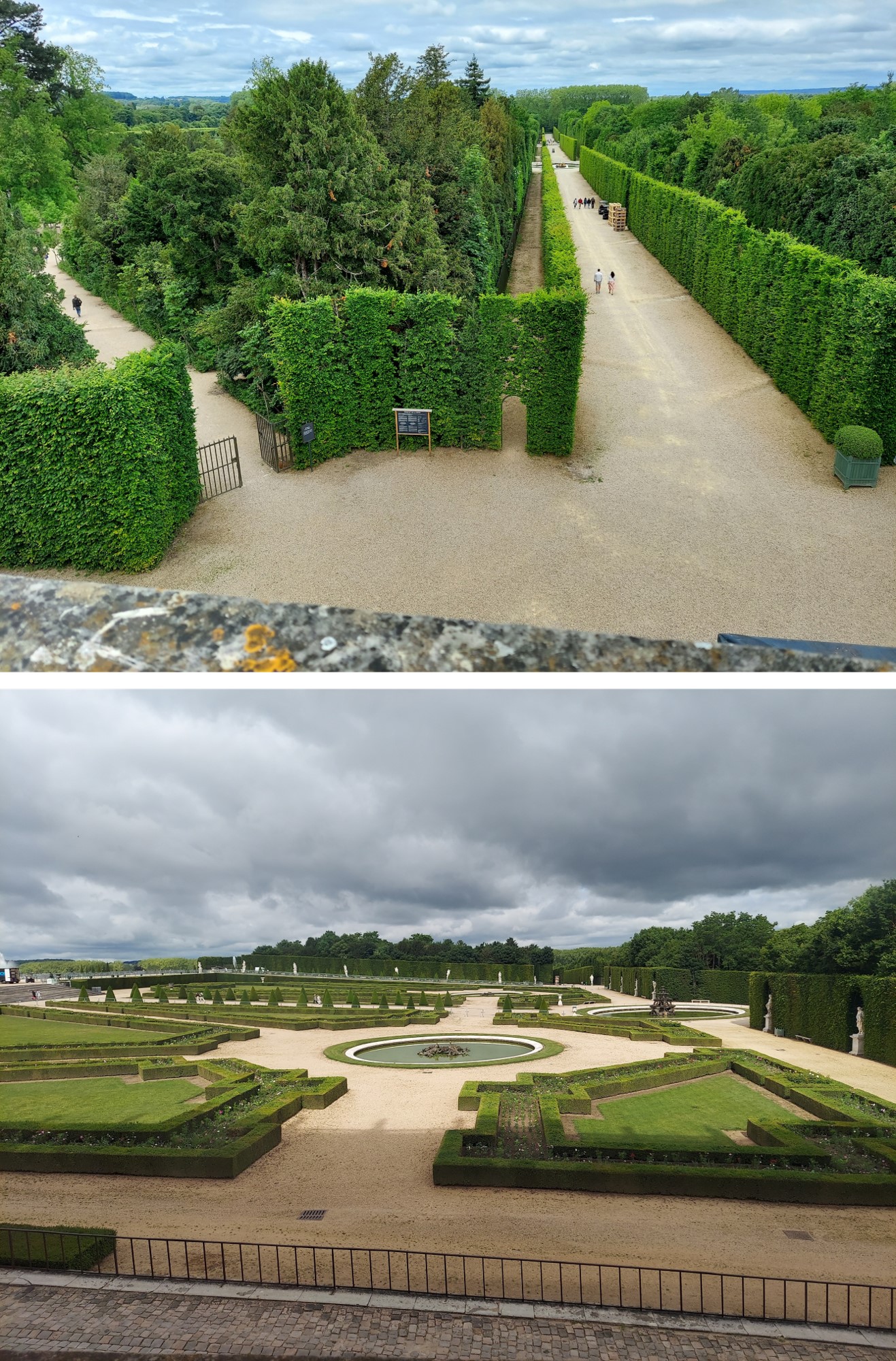
With an extension of more than 800 hectares along which spread plants and all kinds of trees, the gardens of Versailles show an elegantly executed symmetry and structure. The construction of the gardens was very hard work, as the land was occupied by forests and marshy ground, so it took the help of thousands of men to transport soil and all kinds of trees.
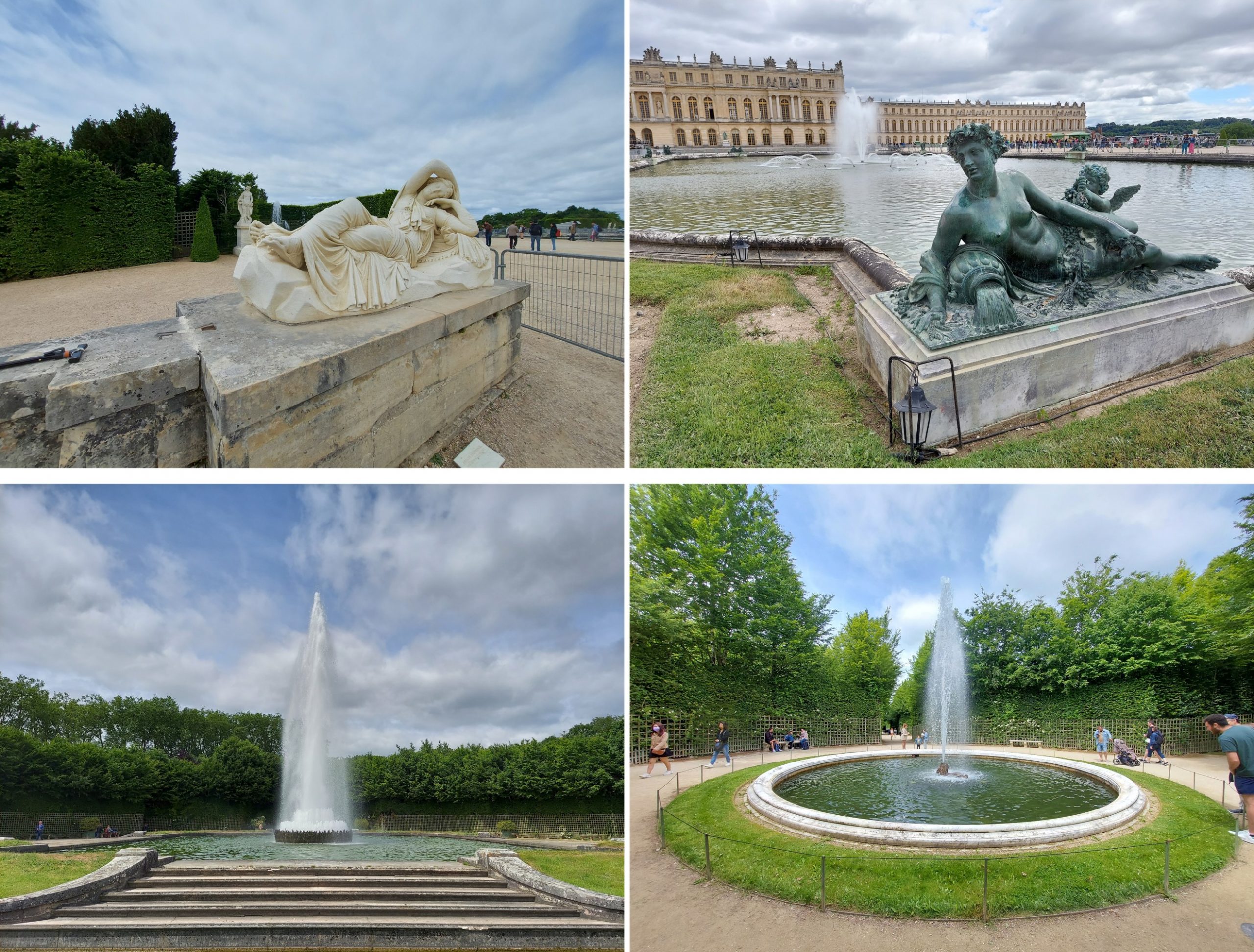
In addition, the tour of the entire area is a delight, because of the many marble statues, ponds and fountains that are found at every turn.
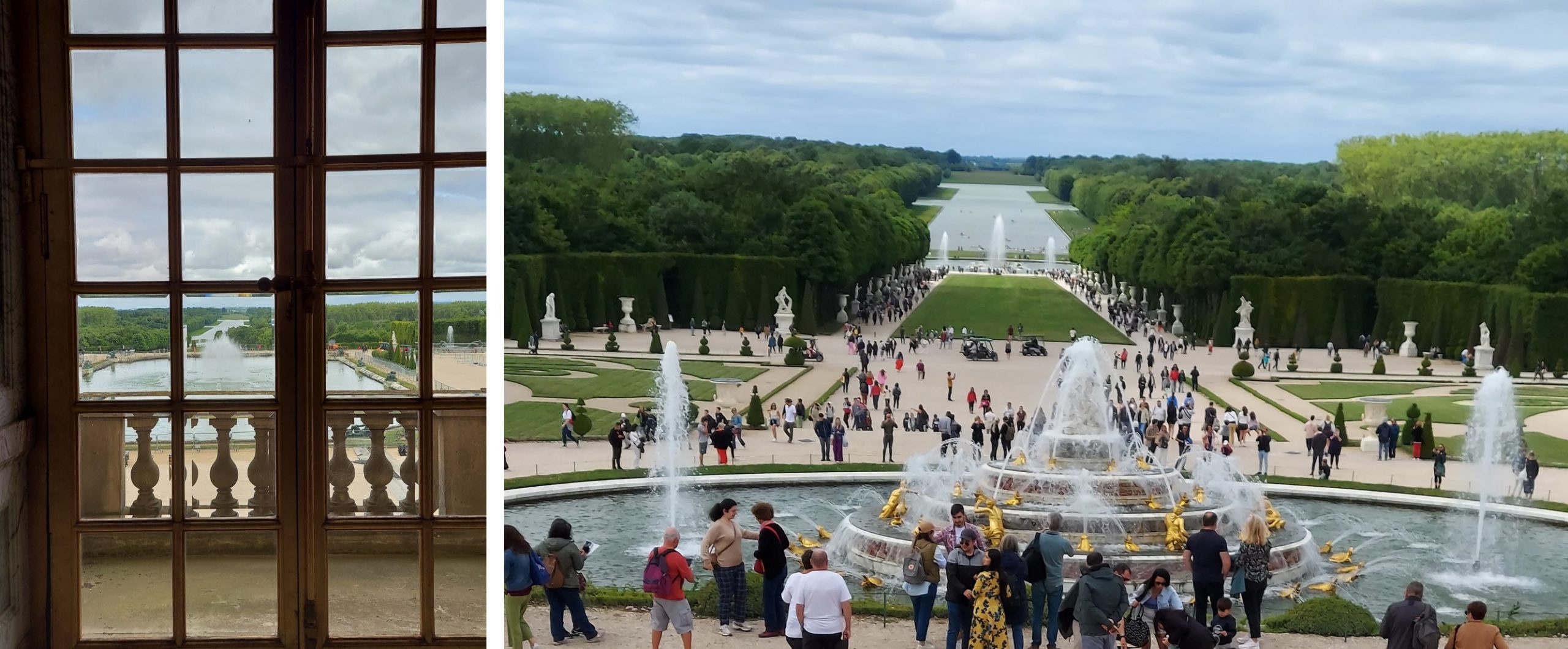
Among the two creations that made André Le Nôtre go down in history are, in addition to the embroidery parterres, the Grand Canal of the Palace of Versailles.
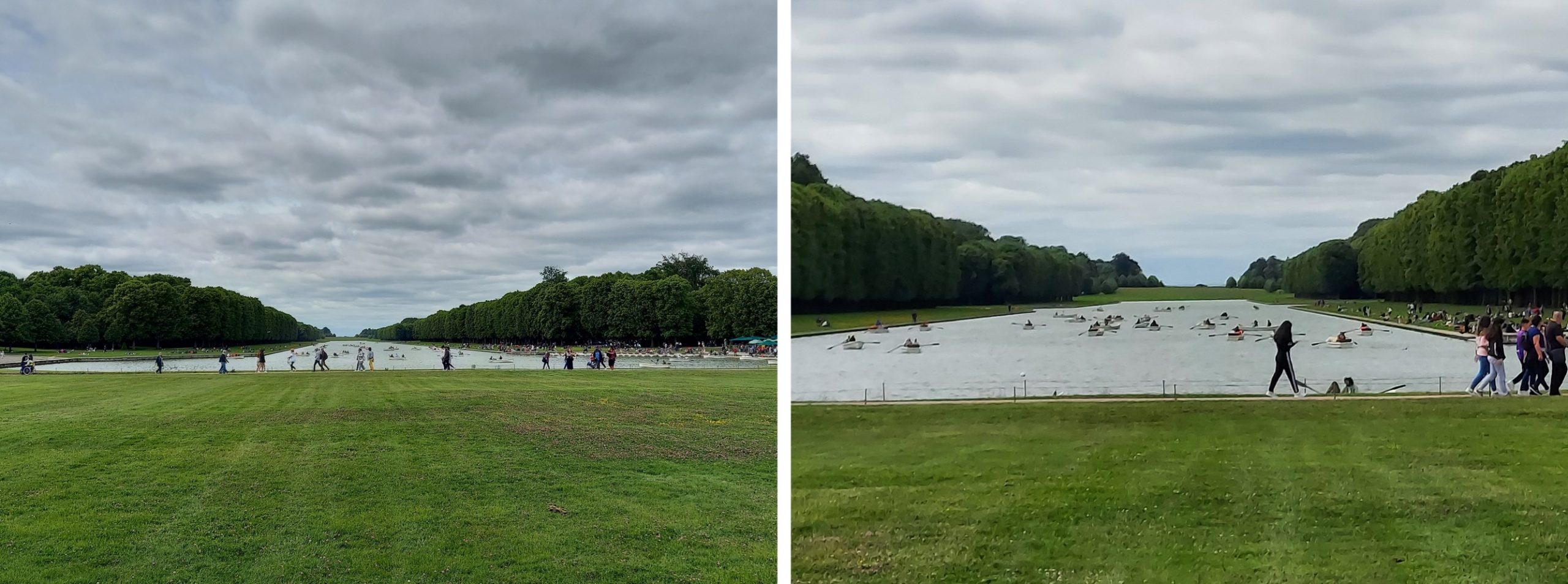
The gardener’s feat consisted in creating a perfect visual harmony, where the impression is given, at first glance, that the canal is much larger than it really is.
The Grand Canal is composed of two side canals of different sizes (62 meters and 80 meters, respectively). The cross-shaped pond in turn measures 23 hectares. The design of the cross on the plan seems crooked because of its asymmetry. However, one must imagine that when the king reached the height of the Latona pond everything seemed in perfect harmony. A marvel!
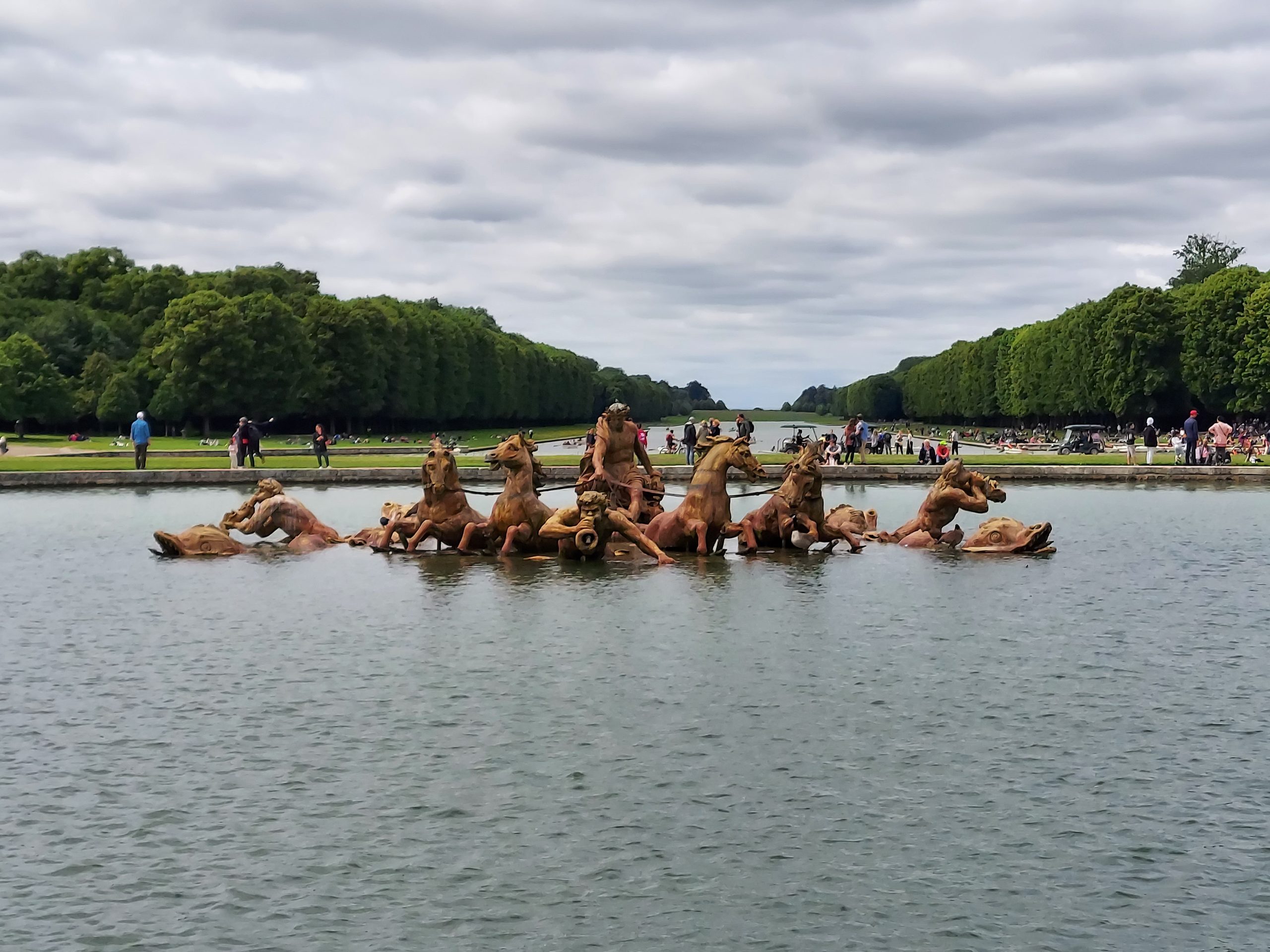
Before reaching the Grand Canal, one of the most famous ponds in the gardens of the Palace of Versailles is the Apollo pond. André Le Nôtre, designed and built it to illustrate the myth of Apollo, who was represented with the Sun, in the same way as King Louis XIV. Therefore, the central sculpture of Apollo’s pond is a very important part of the garden. The Chariot of the Sun, the central work of the pond, was made in 1668-1671 in gilded lead. It depicts Apollo emerging from the water, pulled by four horses. The sculptor, Jean-Baptiste Tuby, added at his feet Phaethon, fallen from the chariot and almost sinking into the pond, as well as tritons (a kind of semi-aquatic salamander) playing the conch shell and whales. The sculpture was made at the Gobelins Factory in Paris and then moved to Versailles in 1670.
We ended our tour of the gardens awaiting the Pond of Apollo manifests itself in all its splendor.
Resources:![]()